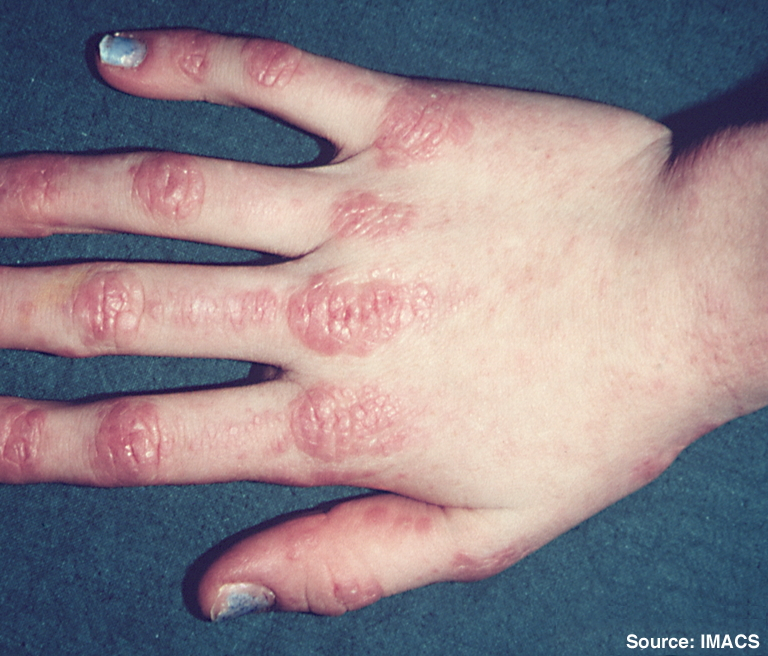Disease disclosure in the workplace in people living with rheumatic diseases: an exploratory study
All claims expressed in this article are solely those of the authors and do not necessarily represent those of their affiliated organizations, or those of the publisher, the editors and the reviewers. Any product that may be evaluated in this article or claim that may be made by its manufacturer is not guaranteed or endorsed by the publisher.
Authors
Objective. Rheumatic musculoskeletal diseases (RMDs) are the causes of frequent absence from work and loss of productivity. As (in)visible diseases, it is up to the individuals to decide if disclosing their diagnosis, with important repercussions also within the workplace. Still little is known about disease disclosure in the workplace (DD-W) in patients with RMDs. This study aimed to investigate socio-demographic, clinical, and psychological predictors of DD-W among working patients with RMDs.
Methods. A cross-sectional Italian national study captured DD-W in people with RMDs. An online survey was developed using ad-hoc questions and scientific questionnaires to explore demographics and work-related, clinical, and psychological factors. Stepwise logistic regressions were run to identify significant predictors of DD-W.
Results. A total of 250 working rheumatic patients completed the survey; 81.2% of the participants enacted DD-W. DD-W behaviors were predicted by perceived visibility of the RMD (p=0.008), work type (p=0.022), general DD behaviors (p<0.001), and perceived family support (p=0.023). Among RMD patients, psoriatic arthritis participants had higher probabilities of DD-W (p=0.02), whereas lower probabilities were detected in fibromyalgia patients (p=0.003). Lower disease duration corresponded in the sample to higher probabilities of DD-W (p=0.036).
Conclusions. The majority of RMD patients in this study enacted DD-W. DD-W was associated with medical, occupational, and psychological factors, supporting the multidimensionality of the process. Further research on the subject might help foster better DD-W decision-making processes for RMD patients while promoting intervention strategies in education, policy, and culture.
How to Cite

This work is licensed under a Creative Commons Attribution-NonCommercial 4.0 International License.
PAGEPress has chosen to apply the Creative Commons Attribution NonCommercial 4.0 International License (CC BY-NC 4.0) to all manuscripts to be published.












